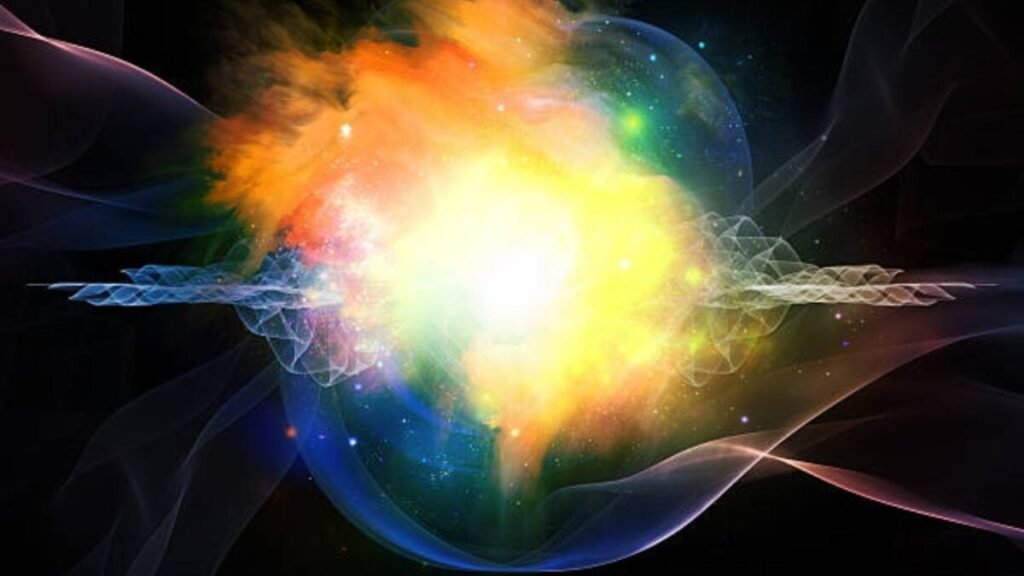The James Webb Telescope Observes an Unusual Perspective. Its Findings May Offer Insights into Earth’s Future.

Ever since being deployed into orbit, the James Webb telescope has functioned as a cosmic time machine, offering glimpses into the origins of the universe and potential outcomes for planets similar to our own. Recent observations indicate a scenario in which a planet, ensnared in the deadly grip of its star, eventually faces consumption by the star itself. This revelation serves as a disquieting forecast for Earth’s future.
#### A Stellar Event that Challenges Existing Theories

Initially, astronomers believed the star had swiftly engulfed its planet in a cosmic “bite.” However, new data has debunked this theory. Leveraging its MIRI and NIRSpec instruments, researchers have confirmed that the planet’s orbit gradually diminished until it reached a point of no return.
Lead author of the study, Ryan Lau, described the phenomenon as follows: “Through Webb’s infrared capabilities, we are gaining insights into the demise of planetary systems, offering a glimpse into the potential fate of our own.”
#### The Contribution of James Webb in this Revelation

Initially detected as an optical flash from Earth, the celestial event had already displayed infrared signals associated with the formation of dust post-interaction. Through high-resolution analysis, the James Webb telescope revealed that the star had not yet entered the red giant phase, as previously assumed, but rather that the planet was gradually being drawn towards its demise.
These findings not only alter the narrative surrounding planetary endings but also reignite discussions regarding the fate of our solar system once the Sun exhausts its fuel.
#### A Potential Future for Earth?
While the described event does not pose an immediate threat to our planet, it prompts inevitable inquiries. Projections suggest that billions of years from now, the Sun may expand and disrupt planetary orbits. This scenario serves as a tangible example of a world succumbing to the gravitational pull of its host star.
For astronomers, this discovery not only reshapes existing theories but also underscores the delicate balance of planetary existence, even within seemingly stable systems like our own.





